after more than 150 years, Staten Island University Hospital’s rich history and mission expand under new ownership
by Jessica Jones-Gorman • Photos By Amessé Photography
Founded as the one-room Samuel R. Smith Infirmary in 1861, the mission of what came to be known as Staten Island University Hospital in the 1990s has been in part addressing the frequent disparity of services the borough faces compared to its northern neighbors. More than a century and a half later, SIUH is now a 714-bed teaching hospital that spans two campuses, providing a vast array of the most innovative services in health and wellness, but its Island focus remains.
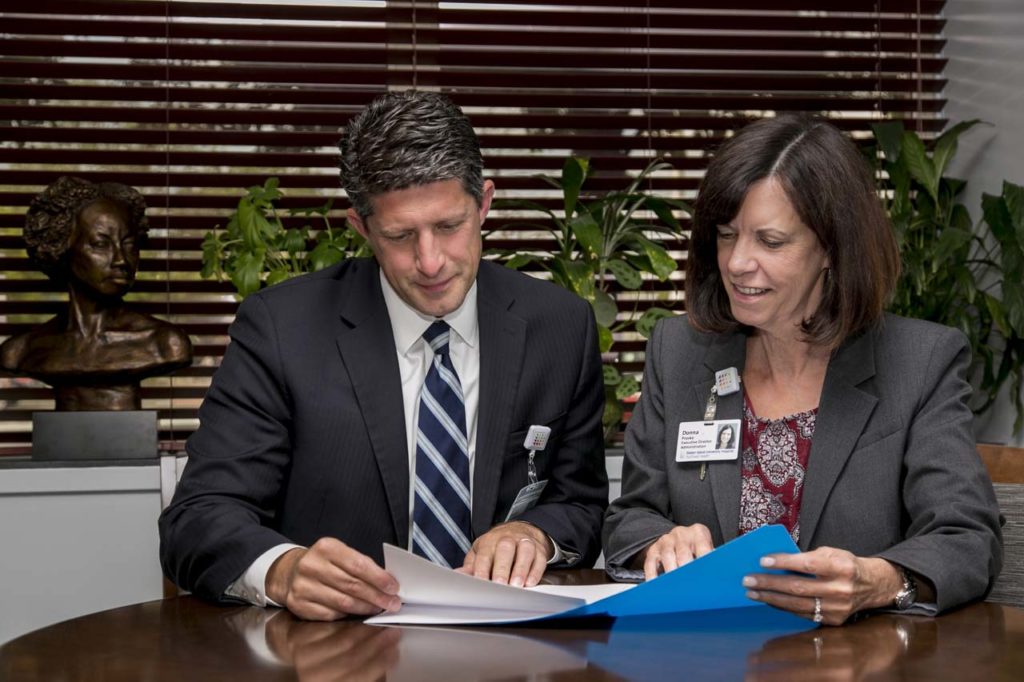
“When you talk about community, you have to speak of healthcare,” noted Joseph Schulman, senior vice president and regional executive director of the Southwest Region of Northwell Health, of which SIUH is now a part. “And that sentiment is deeply rooted here at the hospital.”
The borough’s largest employer, SIUH’s payroll is 6,600 strong, and it manages more than 100,000 emergency room visits annually. For borough residents, the institution serves as both a healthcare provider and a wellness resource generally.
“We are responsible for nothing less than caring for the health of this borough,” Schulman said. “It is our job to create a network that community residents can count on when the burden of illness affects them. We also strive to provide education—teaching people to properly care for their own health, as well as provide an exceptional environment for physicians to practice and achieve the best outcomes for their patients.”
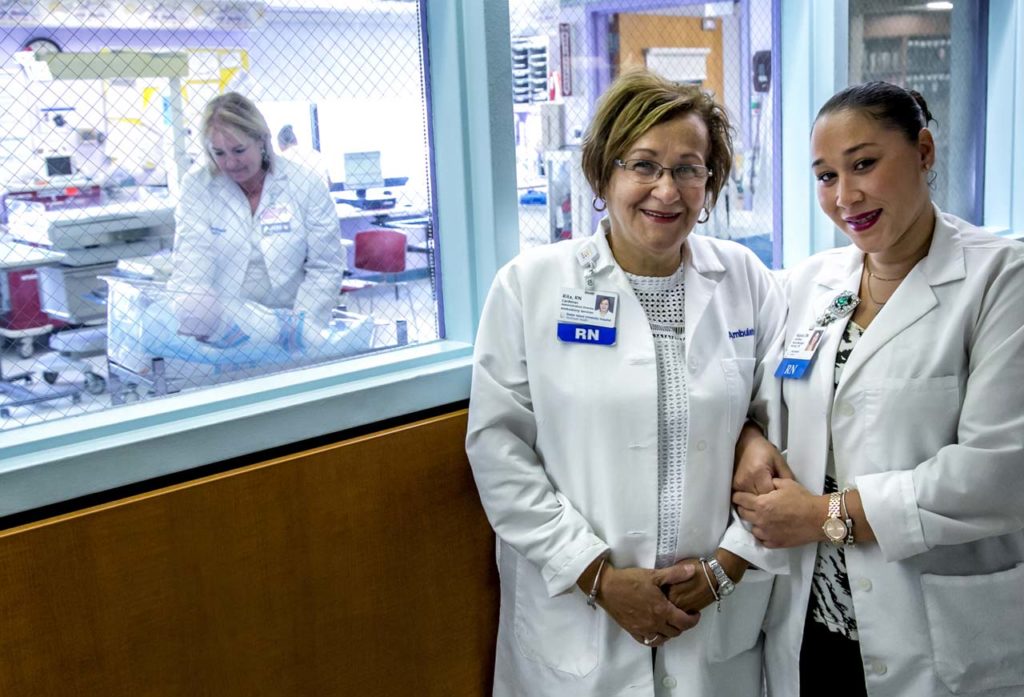
Based on a report recently released by the Hospital Association of New York State, the facilities’ impact on the community has been tremendous.
“In this report, you see the vital economic role we play,” Schulman said. The report values the hospital’s economic activity—generated through jobs and the purchase of goods and services—at $1.5 billion. It also states that SIUH has generated some $390 million in tax dollars and provided $100 million in community benefits and investments—including subsidizing care and services to low-income, elderly, and underserved communities and continuously investing in community health initiatives. “We work to provide a culture of caring, support, and the alleviation of suffering, and continually reinvest to make this institution and its network better.”
“I was inspired to enter the field of health services because it is such meaningful work,” said the 15-year Northwell Health veteran. “There is so much energy, talent, passion, and emotion in this sector.”
Schulman, who earned a Master of Public Administration in Health Administration degree from New York University, joined Northwell in 2002 as corporate director of internal audit services. In 2005, he was appointed chief financial officer of Zucker Hillside Hospital, and served as deputy executive director prior to his appointment as the hospital’s executive director in 2009. He was later instrumental in helping lead Northwell’s population health efforts as executive director of Northwell Health Solutions, the company’s care management organization. Co-established by Schulman in late 2013, Health Solutions is the corporate division responsible for the management, implementation, and performance of Northwell’s population health portfolio. In his role, Schulman was responsible for care management business strategy, scaling, and capabilities.
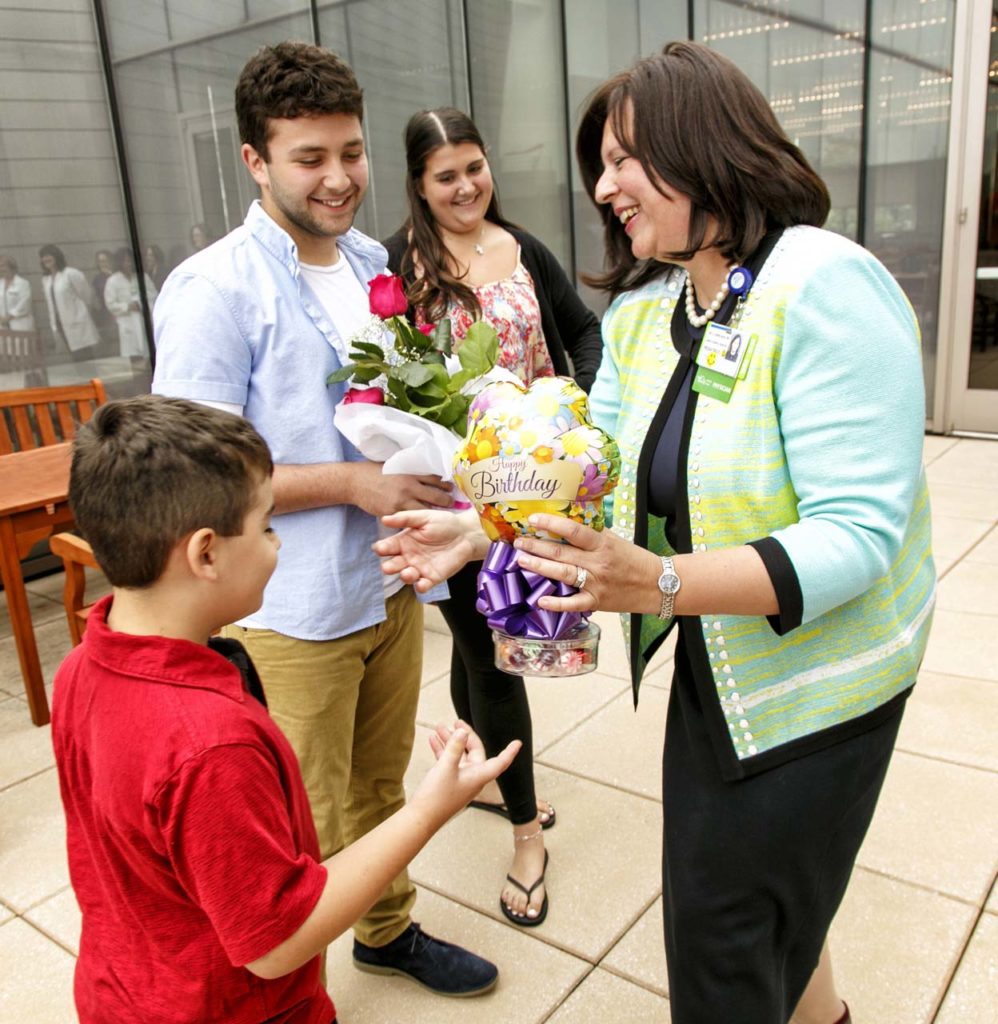
Prior to joining Northwell, Schulman supervised healthcare client engagements for Arthur Andersen’s risk consulting practice before becoming an operations consultant and manager for the former Mount Sinai-NYU Health System’s corporate Audit Services Department. He also did a stint as manager of logistics business operations for pediatrics and obstetrics at the NYU Medical Center. He was recently appointed senior vice president and regional executive director of Northwell’s Southwest Region, a role that focuses on the advancement and support of the company’s operational excellence, care delivery integration, and strategic expansion in Staten Island. He also serves as the deputy regional executive director of Northwell’s Northwest Region, assisting with strategic planning, positioning, and performance in Manhattan and Westchester County.
“My responsibility in this new role is to evaluate, support, and enhance the operations and capabilities of our care delivery network in the borough, ensuring that Northwell Health develops on an ongoing basis,” Schulman explained. “I also get to work with all of the exceptional team members and professionals at SIUH who deliver all of those outstanding services.”
Another important component of Schulman’s role is to engage in bi-directional communication, which he describes as an essential part of optimizing patient outcomes. “We need to continue being
highly active in the community, staying connected with the ongoing and changing needs of those who rely on our hospital and network,” he said.
That connection, he added, is evidenced within the organization’s workforce. “There are generations of families who work at this hospital, and many retired employees who come back to volunteer, which speaks volumes about the atmosphere and dedication,” Schulman said. “There’s an enormous emotional attachment to this organization, and the employees are extremely proud to be part of it.”
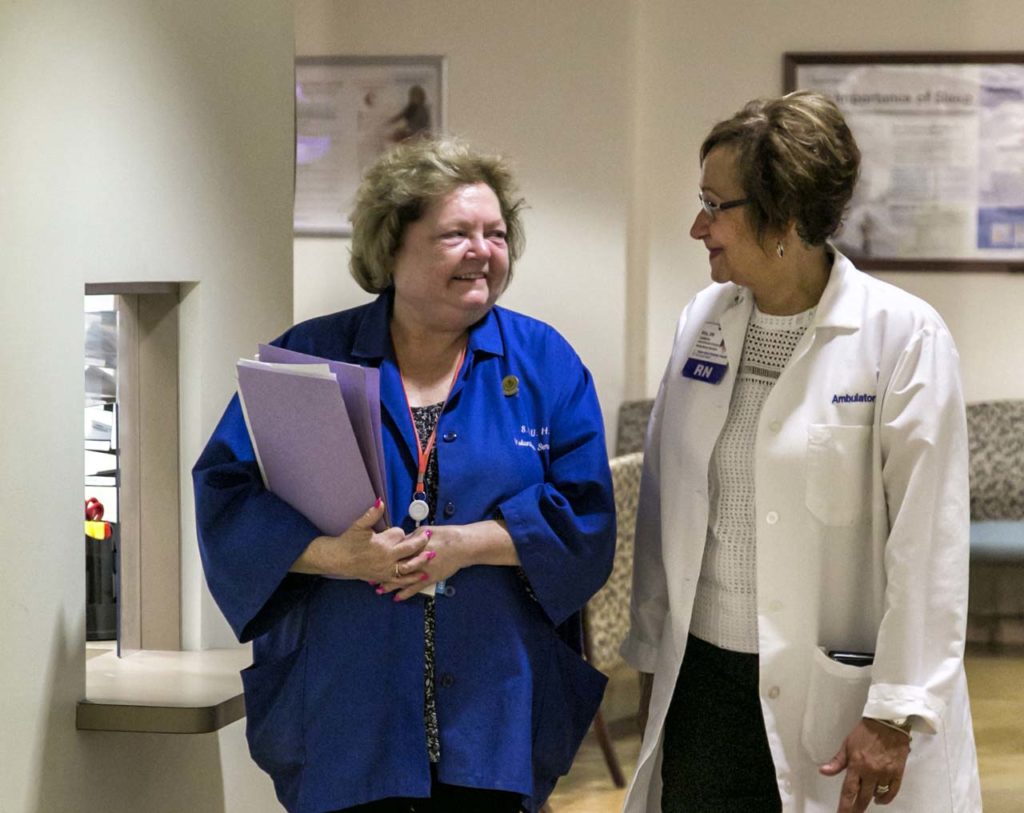
Family ties are documented in the hospital’s history. In the early 1900s, physicians would often be accompanied by their children during weekend rounds, inspiring the next generation to pursue careers at their hometown hospital. Similar stories abound today.
Mother-and-daughter nurse managers Rita and Raquel Cardenas are two examples. Mom, Rita, is a former NICU (neonatal intensive care unit) nurse who is now manager of the hospital’s Center for Women’s Health, while daughter, Raquel, is nurse manager on 4B, the medical-surgical unit.
“My mom’s like the mayor,” said Raquel. “Whenever we go to the mall, she meets NICU graduates and their families. She has a bond with her neonates and their families that continues long after they leave the hospital.”
SIUH also has 546 active volunteers, about a dozen or so of them former employees who choose to continue giving even after retirement.
The hospital’s expansion and investment plan over the next 36 months includes a hybrid operating room, a complete redevelopment of the hospital’s obstetrics facilities and program, and a comprehensive cancer center.
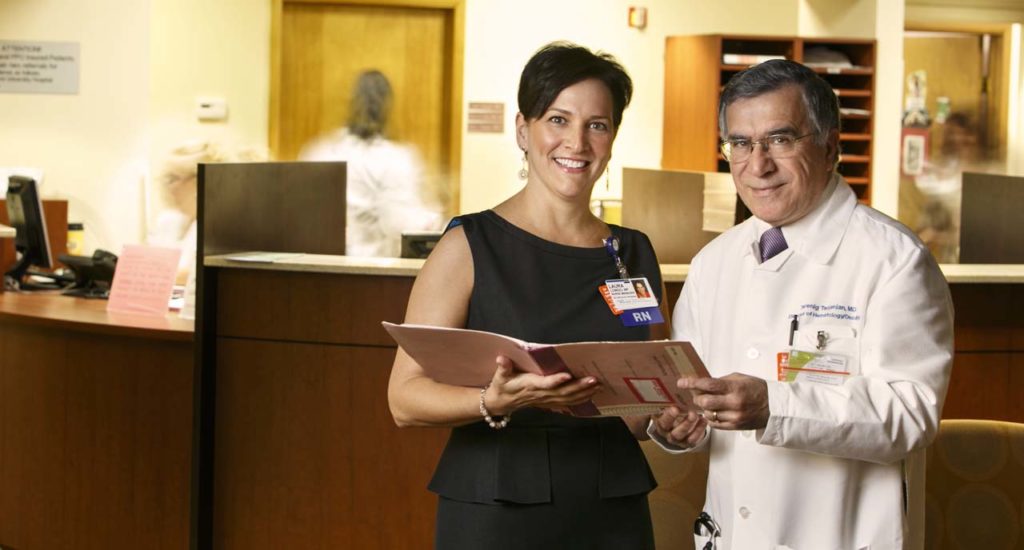
“It’s a very exciting time to be here,” Schulman said. “SIUH has a long tradition of serving this community. We are privileged to have this responsibility, and accept it with unyielding passion.”
Staten Island University Hospital / Northwell Health
475 Seaview Avenue, Staten Island / 718.226.9000 / northwell.edu
